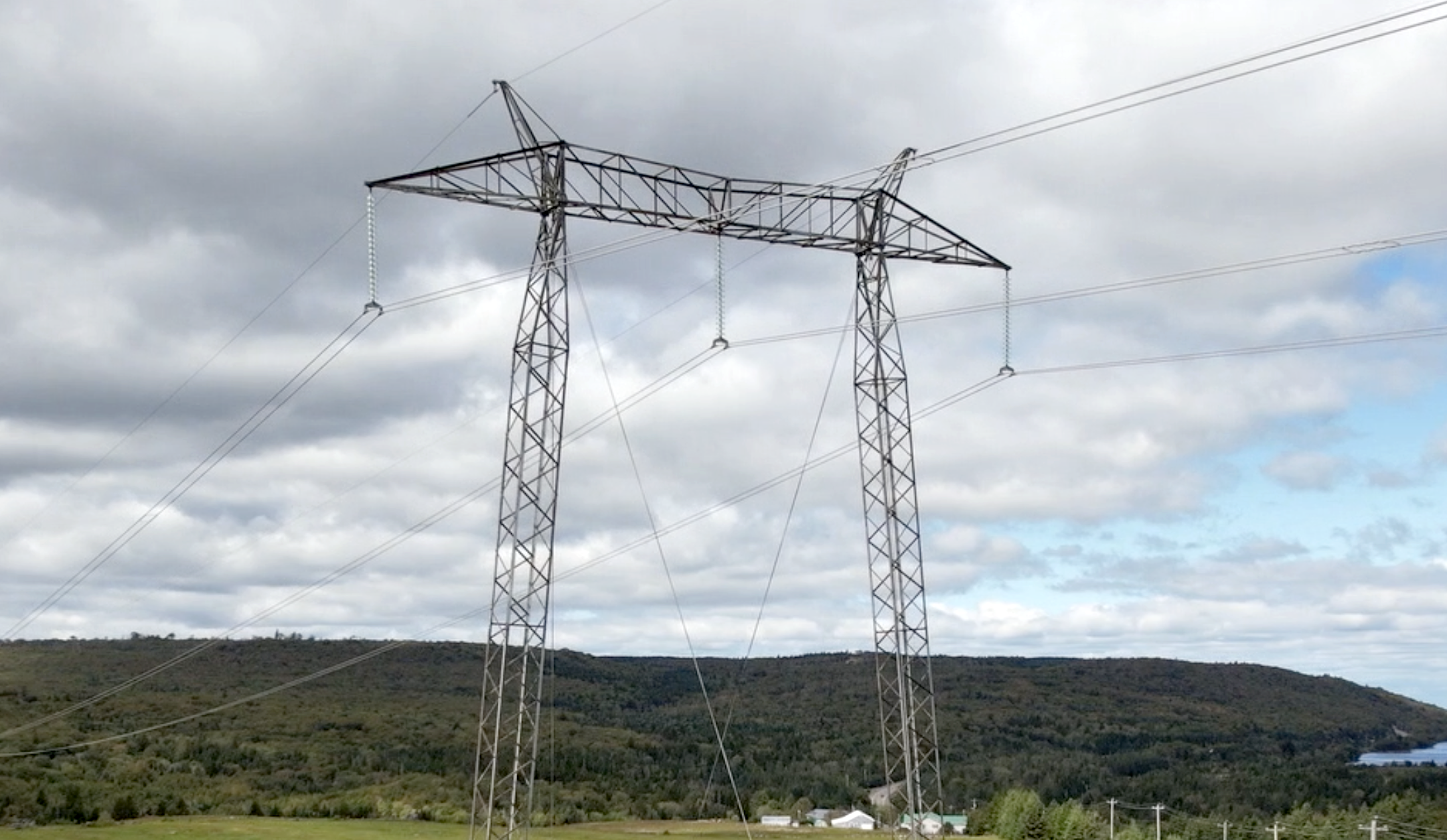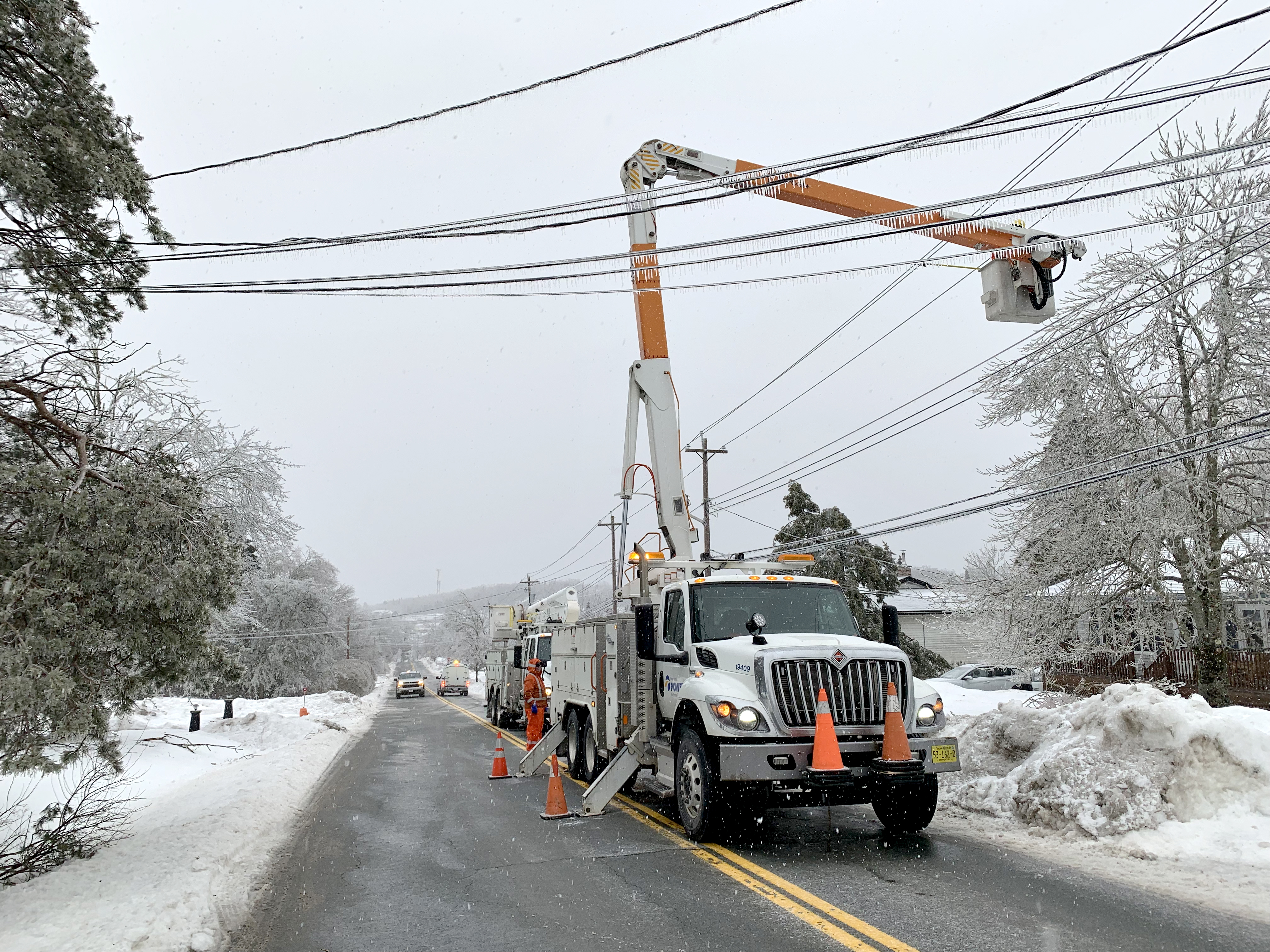It’s hard to believe it’s been one year since Hurricane Fiona made landfall in Nova Scotia. Described as having the power of Hurricane Juan, and the size of Hurricane Dorian, Fiona was a record-breaking storm, bringing the greatest impact in our province’s history.
To mark the one-year anniversary, we chatted with members of our Emergency Operations Centre (EOC) team. The EOC is the nerve centre for outage restoration planning and response. One year after Fiona, we asked the team to reflect on the storm, our changing weather, and what we’ve learned that will be applied during this year’s storm season.
Before the storm
Justin Donovan, Regional Operations: “You can’t always predict precisely where a storm will hit and what the hardest hit areas will be. But we knew with a storm the size of Fiona, we had to do everything possible to get prepared beforehand—from ensuring crews were positioned in the right places, to checking inventory, to loading up extra poles and transformers. Altogether, we had over 1,500 people working in the field, including over 500 out-of-province crews and over 100 forestry crews. And there were hundreds more behind-the-scenes supporting our customers and crews. I’m proud of how all these teams came together to handle such a historic storm.”
Julis Mantolino, Restoration Planning: “An important part of getting ready for Fiona was tracking the weather and our tools to help our teams predict the storm scenario and damage. This helped us estimate the severity of the impact, station our crews, and bring in extra resources. With the combined backgrounds and confidence in our team members—and experience with past hurricanes and storms—we were composed during our preparations, and we were ready for what turned out to be a record-breaking storm.”

Fiona’s impact
Matt Drover, Storm Lead: “At its peak, Fiona knocked out power for 415,000 customers—that’s about 80% of our customers. It brought significant damage, blowing thousands of trees onto our lines, and breaking more than 2,000 poles.
On our front lines, our power line technicians and contractors were joined by crews from New Brunswick, Newfoundland, Quebec, Ontario, and the New England states. They were supported by damage assessors, forestry technicians, and traffic control, along with the Canadian Armed Forces and Department of Natural Resources personnel. It truly was an all-hands-on deck approach.”
Krista Beaton, Safety: “Fiona’s hurricane force winds brought wind speeds of over 90 km an hour across the province—and as high as 150 km an hour in some regions. Because safety is at the forefront of everything we do, it meant waiting until the wind slowed to fully start repairs and power restoration. Waiting can be tough when you know there are so many customers impacted by outages, but safety always comes first. While our crews were grounded, they focused on assessing storm damage and relocating to hardest-hit areas—this helped ensure a strong response.”

The power of logistics
Roger Williamson, Logistics: “When you have a storm the magnitude of Fiona, there are all kinds of logistics to coordinate that people might now think about. From finding accommodation for our hundreds of crews, to ensuring that everyone in the field is fed, to managing fuel for all our trucks and vehicles.
Just as Fiona was a historic storm, so was the response and support from our communities, partners, and business owners across Nova Scotia. Over 250 local businesses provided meals and over 200 hotels and B&Bs offered places for our crews to rest.
The logistics team ensured everyone had a bed and everyone had meals throughout the storm—this was not always easy during a busy tourism season. The creativity in finding and securing out of the norm accommodations was incredible—we used every angle possible, like personal relationships with unique places to stay including summer camps, community centres, and military bases.”
Mina Koko, Logistics: “The logistics of supporting 1,500+ people who are in constant flux around the province can quickly become complex. Within 23 days of recovery efforts, we made 3,700 lodging arrangements, amounting to ~15,000 bed nights. This meant we had to get creative. We created tools and apps to help our colleagues communicate their logistics needs more easily. Since Fiona, the apps have helped us respond more efficiently to the needs of our crews who work tirelessly to restore power to affected customers—and that helps our storm response run more smoothly!”

Learning from Fiona
Matt Drover, Storm Lead: “We learned so much from Fiona that we’ve been putting into action—including during Post Tropical Storm Lee. During Lee, we brought in contractor crews from out of province well in advance so we could station our teams and be as prepared as possible before the storm.
We are also continuing to invest more. Our weather is changing—and the last year has very much been proof of that. We’re seeing more extreme weather more often and we know continuing to invest in upgrades and equipment that will strengthen our grid is what’s key. Trees falling onto our lines are the number one cause of outages—and so we’re increasing our tree trimming investment year-over-year, nearly doubling it to over $40 million over the next five years. We’re also using equipment that’s designed to better withstand this severe weather—that includes installing larger and taller poles that are more resilient against high winds.
Most importantly, Fiona taught us that when the going gets tough, Nova Scotians take care of each other.”
We want to thank our customers and communities for your support. You opened your doors, waved at our trucks, and kept our crews fed. Your generosity and encouragement kept us going—even on the longest days of restoration.
Share This Post:








